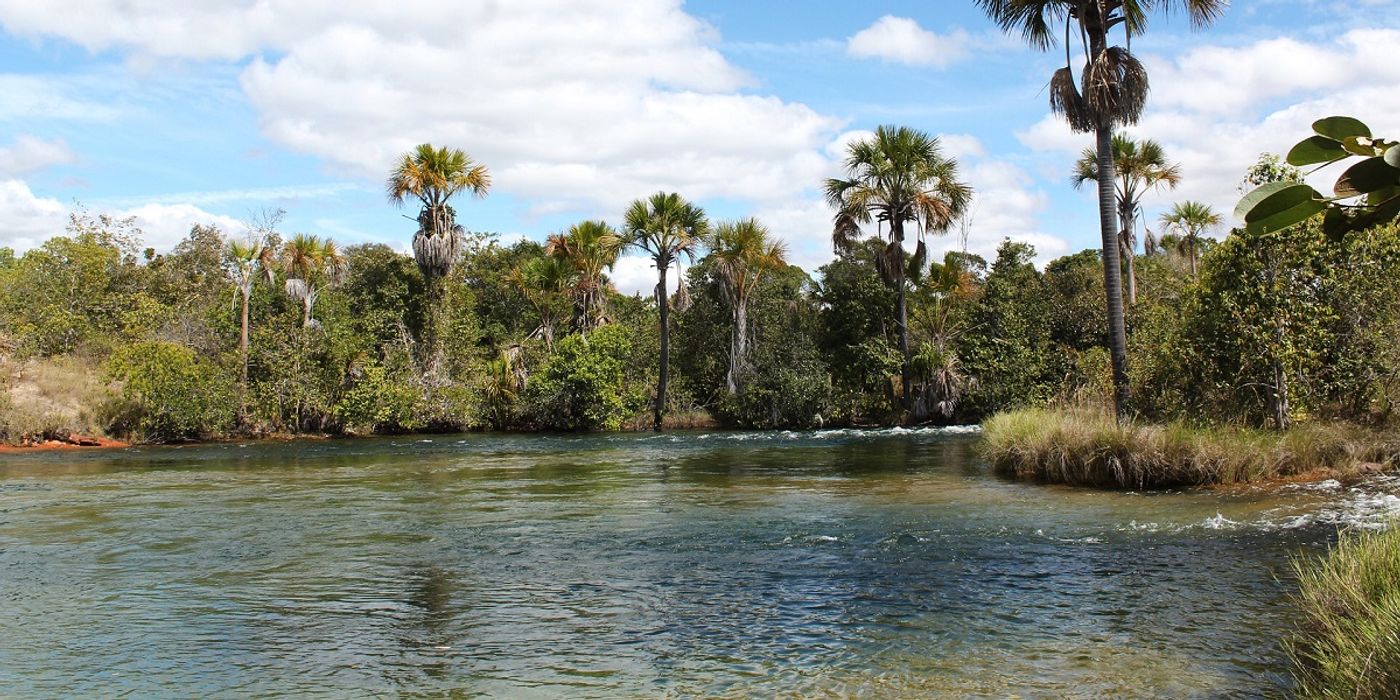Weekend Flooding in Brazil Bursts Two Dams
Floods this weekend caused destruction in Brazil. Two dams failed after weeks of rain in the Brazilian state of Bahia, one Saturday and one Sunday. Residents evacuated successfully and no one was injured, though bridges, roads, and buildings were damaged. The governor of the state said that more than 400,000 people have been affected by the heavy rains and flooding, and 67 towns faced emergency evacuations. December rainfall has been six times greater than average. Eighteen people have died because of the increased rains.
Flooding has been a problem in many parts of Brazil for the last two months. This is partially due to the changing climate affecting rainfall patterns, but also could be related to deforestation. Studies show that deforestation has greater impacts on stream flows than changes in precipitation and temperature. Brazil has been significantly reducing its acreage covered in forests to make way for more agricultural uses, like cattle and row crops. In the western part of the Brazilian state experiencing these floods, the total agricultural area has more than doubled in the last thirty years, decreasing naturally vegetated areas by more than 3 million hectares. Impervious areas like buildings and urban areas have also tripled in size.
Agriculture reduces available landmass for native ecosystems, which are known to have much higher resilience to disruptions like flooding. Native established plants like large trees stabilize stream banks, soak up water, and break up soils to assist the flow of water into the earth. Clear-cutting forests and installing agriculture fields for cattle or row crops has a massive effect on the hydrology of an area. Water flows off fields and pastures much more quickly than it would flow out of a forest or even a native grassland and can carry soils away when moving quickly.

Sources: Reuters, Advancements in Remote Sensing of Land Surface Change, Authorea Preprints, Landcare Research Contract Report








